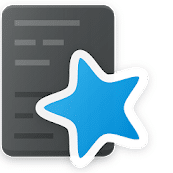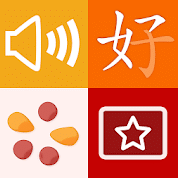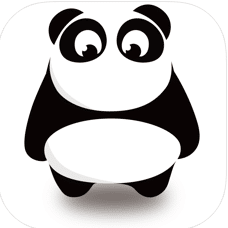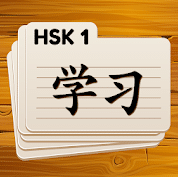
8 Best Chinese Flashcard Apps to Quickly Learn New Vocabulary
Learning Chinese with flashcards is a pretty effective method to exercise your Mandarin learning muscle… as long as you use them right.
If you’re looking for a simple way to expand your Chinese vocabulary and squeeze your studies in throughout a busy schedule, then flashcard apps could be the perfect resource for you.
In this post, I’ll suggest seven great Chinese flashcard apps that will help you boost your vocabulary and improve your overall knowledge!
Contents
- 1. Anki
- 2. FluentU
- 3. Pleco
- 4. TrainChinese
- 5. Quizlet
- 6. Memrise
- 7. ChineseSkill
- 8. HSK 1-6 Flashcards
- How to Learn Mandarin Chinese with Flashcard Apps
Download: This blog post is available as a convenient and portable PDF that you can take anywhere. Click here to get a copy. (Download)
1. Anki
Anki is a flashcard app that has made waves around the language-learning community. Although the iOS version costs $24.99, the Android and web versions of Anki are completely free.
Anki allows you to create your own flashcards and build decks with as much or as little detail as you’d like. It supports different languages, images and even audio.
Anki uses the concept of Spaced Repetition (SRS) to show you vocabulary words at perfect intervals and reinforce words you find challenging.
If you’re not inclined to make your own flashcards, don’t worry: there are plenty of useful user-made Chinese flashcard decks, such as “Chinese Beginner Sentences (Traditional and Simplified),” “Mandarin Chinese HSK 1-5 Vocabulary with Audio” and “Developing Chinese Fluency—Advanced Chinese Vocab.”
2. FluentU
FluentU is an immersive program that turns clips from TV shows, movies and other authentic media into personalized language lessons. Each video includes subtitles in Chinese, pinyin or English—or all three!
As you watch, you can learn new vocabulary words through the interactive subtitles and add them to a flashcard deck for later review.
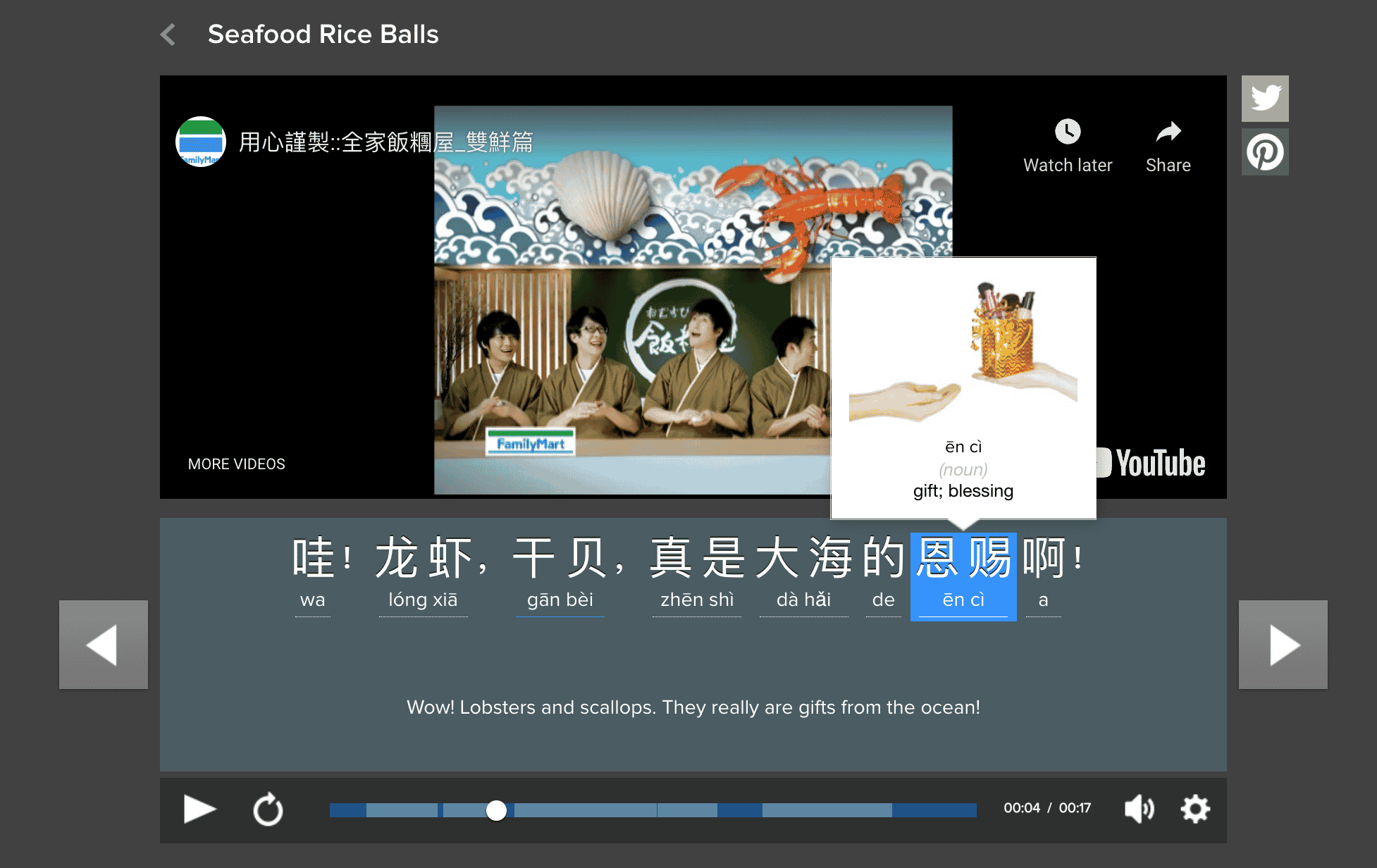
Each flashcard includes the translation, grammatical information, a corresponding image, example sentences and videos where the word or phrase is used. Both the translation and the example sentences come with audio at normal and slower speeds.
You can review your saved flashcards whenever you have time, and then take a personalized quiz to test your knowledge.
3. Pleco
Pleco merges the concepts of a flashcard app and an English-Chinese dictionary. It offers easy lookup functions for language emergencies as well as flashcard decks for when you have free time.
The dictionary feature lets you look up words using pinyin or characters. You can also use the app’s photo and handwriting recognition software to check unknown words or even translate content on other apps on your phone.
You can even see stroke order diagrams for hanzi. Pleco’s flashcard component is just as thorough, allowing you to import your own vocabulary lists and test yourself using SRS and exercises like fill-in-the-blank.
The free version of the app is severely limited but the full version is well worth the price.
4. TrainChinese
TrainChinese has a unique algorithm specifically geared toward learners.
Like Google’s search engine, TrainChinese will take into consideration what you’re most likely trying to learn and show you results based on this information. It will also start showing results as soon as you start typing and suggest corrections if you make a spelling mistake.
The flashcard system uses SRS to ensure effective memorization, includes character animations and audio and allows you to organize cards into decks and even make study notes on them.
Switch between modes to prioritize character or vocab learning by displaying cards in Chinese, pinyin or English. Want to practice your writing, as well? Compare your character writing to the TrainChinese animation!
Best of all, your progress, decks and notes are saved to your device and synced to the website, so you can always continue learning from where you left off, no matter where you are.
5. Quizlet
Quizlet is a fantastic tool that can be used for so much more than just learning Mandarin Chinese. It’s an excellent choice for basically anything that can be learned with flashcards.
Like Anki, you can access hundreds of user-made decks for various things, including Chinese. And like Anki, you can also just make your own personalized flashcards to review.
If you’re a bit overwhelmed by Anki’s size and potential functions, Quizlet is the more user-friendly option. Quizlet has different modes for learners, from the typical flashcard format to writing, matching and audio exercises.
For a fee, you can purchase official Chinese learning decks or even collections of sets that feature simplified Chinese, diagrams and text-to-speech functionality.
6. Memrise
Memrise started as a flashcard-based app, but it’s grown to be so much more. It’s designed to teach languages to people through the incentive of challenges and games with other users.
The program still sticks to its roots, though, with a robust SRS-based flashcard functionality.
Use native speaker audio to learn each word or phrase, then get tested on your ability to write it from memory based on its definition or record and compare it to the native audio with the speech-recognition function.
7. ChineseSkill
Available on: iOS
This app offers an excellent aesthetically pleasing design. It’s s essentially one large deck that starts you out from absolute basics to advanced or complex characters.
The compact app will teach you over 5,000 Mandarin words with their accompanying hanzi and pinyin, as well as audio from native speakers. If you make a mistake, the app will take note and periodically review those characters.
The app breaks down characters in memorable ways and uses mini-games, targeted lessons and various test modes to help users learn the language effectively.
ChineseSkill used to be completely free with no ads but now has several microtransactions and requires a fee to unlock the full product.
8. HSK 1-6 Flashcards
Rather than a single app, this collection is a series of programs. These Chinese flashcard apps from Handtechnics are divided into six different Chinese Proficiency Test (HSK) levels.
The way it works is simple: A flashcard shows you a Chinese character, you try to remember its meaning and then you click on “reveal” to see if you got it right.
Each app includes more and more vocabulary words. Starting at 100 with HSK 1, you can progress through the levels to master over 4,800 words by HSK 6. Simply select the developer’s name to see all the other levels available in this app series.
Don’t want to download six different apps? No problem. Learn Chinese Flashcards HSK (for iOS), by the same developer, includes all six levels of the HSK for one price (plus, no ads!).
How to Learn Mandarin Chinese with Flashcard Apps
Since everything is digital these days, it makes sense that flashcards would evolve into an electronic format. Luckily for Mandarin learners, there’s a seemingly infinite wealth of Chinese flashcard apps available online.
But how do you use these apps, anyway? Here are some tips:
- Study on your downtime. Most Chinese flashcard apps are meant to be used in short bursts. That means you can use them any time you have a few minutes free, like when you’re driving to work or when you’re on your lunch break. The beauty of having easily accessible flashcard apps on hand is that you can whip them out whenever you want!
- Review challenging words. Most of the apps on our list above have a “save” feature where you can save certain vocabulary words. Use this feature to tag words that you’re struggling with to revisit them later.
- Don’t settle for just one. Each Chinese flashcard app has its strengths and weaknesses. But you’re not limited to using just one! You can always download more than one app so you can switch things up when you feel like your learning has stalled or if you find yourself getting bored with using the same program over and over.
Hopefully, you’ve now found at least one Chinese flashcard app that’ll live on your phone and help you sneak in some mind exercise whenever you have a moment.
Enjoy!
Download: This blog post is available as a convenient and portable PDF that you can take anywhere. Click here to get a copy. (Download)
